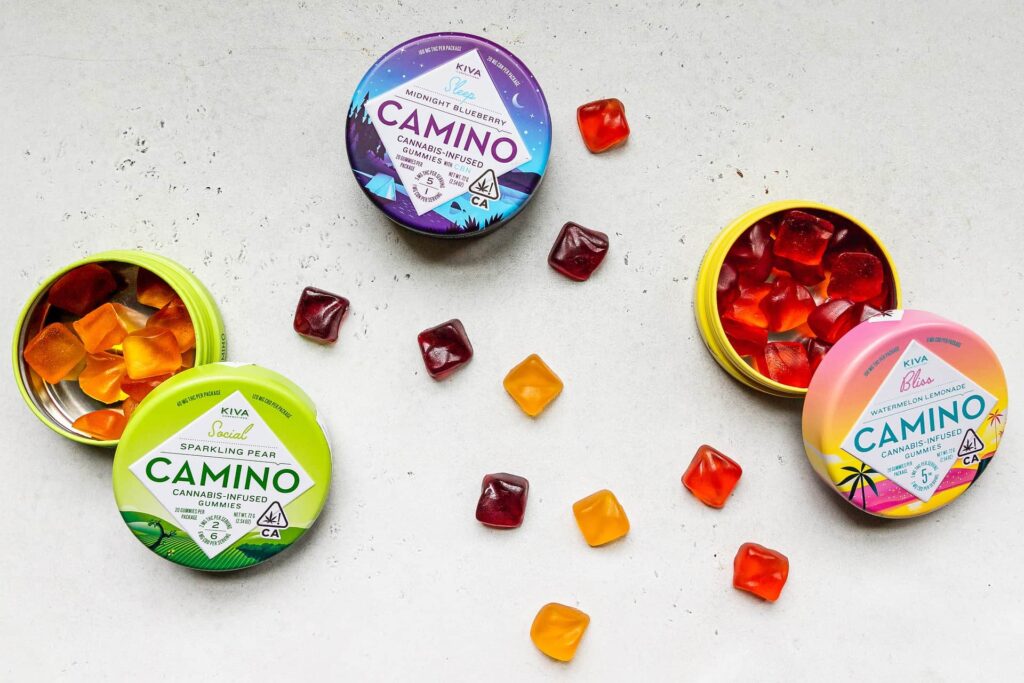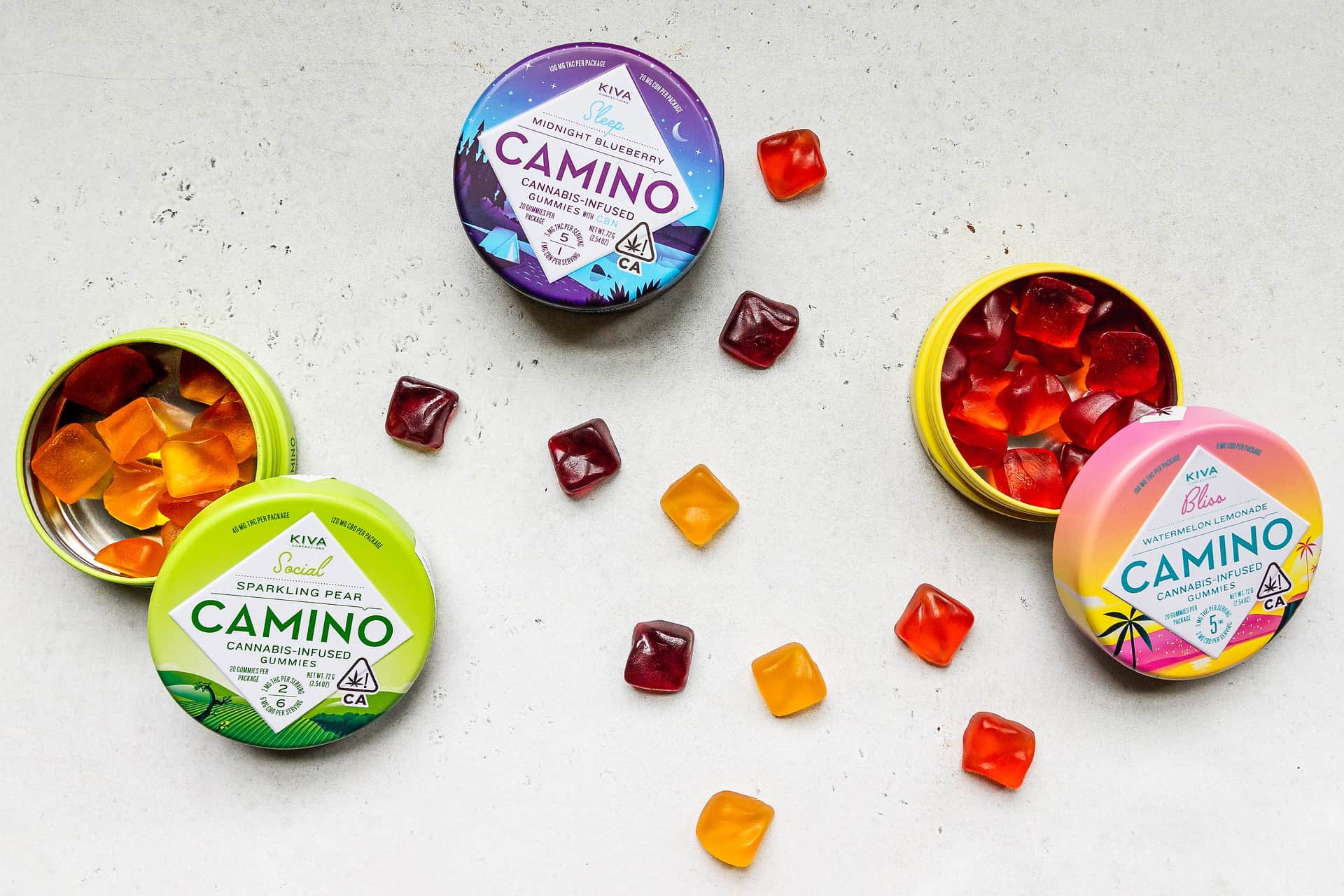
Navigating the Highs and Lows: A Comprehensive Guide to 200 mg Edibles
The world of cannabis edibles can be both exciting and overwhelming, especially when considering higher dosages. A 200 mg edible represents a significant dose, generally intended for experienced users with a high tolerance. This article aims to provide a comprehensive guide to understanding 200 mg edibles, covering everything from their effects and risks to responsible consumption practices.
Understanding Edible Dosages
Before diving into the specifics of 200 mg edibles, it’s crucial to understand the broader context of cannabis edible dosages. Edibles are metabolized differently than inhaled cannabis, resulting in a delayed onset and potentially more intense effects. The standard starting dose for a novice is typically around 2.5-5 mg of THC. As tolerance builds, users may gradually increase their dosage. However, jumping directly to a 200 mg edible without prior experience is strongly discouraged.
The Milligram (mg) Measurement
The ‘mg’ in 200 mg edible refers to milligrams of THC (tetrahydrocannabinol), the primary psychoactive compound in cannabis. This measurement indicates the potency of the edible. Different edibles will have different THC content, so it is crucial to read the label carefully and understand the dosage before consumption. A 200 mg edible contains a considerable amount of THC, making it a potent product.
The Effects of a 200 mg Edible
Consuming a 200 mg edible can produce a wide range of effects, varying depending on individual factors such as tolerance, metabolism, body weight, and prior experience with cannabis. Generally, the effects can be quite intense and long-lasting, potentially lasting for several hours or even the entire day. These effects can include:
- Intense Euphoria: A profound sense of happiness and well-being.
- Altered Perception: Changes in how you perceive time, space, and sensory input.
- Deep Relaxation: Significant muscle relaxation and a sense of calm.
- Pain Relief: Potent analgesic effects for those with chronic pain conditions.
- Cognitive Impairment: Difficulty with concentration, memory, and decision-making.
- Potential Anxiety or Paranoia: In some individuals, high doses can trigger anxiety or paranoia.
- Physical Discomfort: Nausea, dizziness, or an elevated heart rate.
It’s important to note that the effects of a 200 mg edible can be unpredictable, especially for those with lower tolerance. Therefore, caution and responsible consumption are paramount.
Risks and Side Effects
While many users find 200 mg edibles to be a beneficial and enjoyable experience, there are potential risks and side effects to be aware of. These can include:
- Over-Intoxication: Consuming too much THC can lead to an unpleasant experience, characterized by anxiety, paranoia, and panic attacks.
- Prolonged Effects: The effects of edibles can last much longer than inhaled cannabis, which can be inconvenient or even distressing if you have commitments or responsibilities.
- Impaired Motor Skills: High doses of THC can impair coordination and reaction time, increasing the risk of accidents.
- Psychological Effects: In rare cases, high doses of cannabis can trigger or exacerbate underlying mental health conditions.
- Physical Side Effects: Nausea, vomiting, dizziness, and an elevated heart rate are possible side effects of consuming a 200 mg edible.
If you experience any adverse effects after consuming a 200 mg edible, it’s important to stay calm, stay hydrated, and seek medical attention if necessary. It’s also helpful to have a trusted friend or family member nearby to provide support.
Who Should Consider a 200 mg Edible?
A 200 mg edible is generally recommended for individuals who:
- Have a high tolerance to THC.
- Are experienced with cannabis edibles and understand their effects.
- Are seeking potent relief from chronic pain or other medical conditions.
- Have consulted with a healthcare professional and received guidance on appropriate cannabis dosages.
Individuals who are new to cannabis, have a low tolerance, or have a history of anxiety or mental health issues should avoid consuming a 200 mg edible.
Responsible Consumption Practices
If you choose to consume a 200 mg edible, it’s essential to do so responsibly and safely. Here are some tips to keep in mind:
- Start Low and Go Slow: Even if you have experience with edibles, it’s always best to start with a lower dose and gradually increase it as needed. Consider cutting the 200 mg edible into smaller portions and waiting at least two hours to assess the effects before consuming more.
- Read the Label Carefully: Pay close attention to the THC content of the edible and ensure that you understand the dosage.
- Consume in a Safe and Comfortable Environment: Choose a setting where you feel relaxed and secure, and where you have access to support if needed.
- Avoid Mixing with Alcohol or Other Substances: Combining cannabis with alcohol or other drugs can amplify the effects and increase the risk of adverse reactions.
- Stay Hydrated: Drink plenty of water to help mitigate potential side effects such as dry mouth and dizziness.
- Do Not Drive or Operate Heavy Machinery: Consuming a 200 mg edible will impair your cognitive and motor skills, making it unsafe to drive or operate machinery.
- Keep Out of Reach of Children and Pets: Store edibles in a secure location where they cannot be accessed by children or pets.
The Legality of 200 mg Edibles
The legality of 200 mg edibles varies depending on the jurisdiction. In some states or countries where cannabis is legal, there may be regulations regarding the maximum allowable THC content in edibles. It’s important to be aware of the local laws and regulations before purchasing or consuming a 200 mg edible. [See also: Cannabis Legalization: A Global Perspective]
Alternatives to 200 mg Edibles
If you’re looking for alternative ways to experience the effects of cannabis without consuming a high-dose edible, there are several options to consider:
- Lower-Dose Edibles: Opt for edibles with a lower THC content, such as 5 mg or 10 mg, and gradually increase the dosage as needed.
- Inhalation Methods: Vaping or smoking cannabis allows for more immediate and controllable effects compared to edibles.
- Tinctures: Cannabis tinctures are liquid extracts that can be administered sublingually (under the tongue), providing a faster onset and more precise dosing compared to edibles.
- Topicals: Cannabis-infused topicals, such as creams and lotions, can provide localized pain relief without producing psychoactive effects.
Conclusion
A 200 mg edible is a potent cannabis product that should be approached with caution and respect. While it can provide significant relief and enjoyment for experienced users with a high tolerance, it’s crucial to understand the potential risks and side effects. By following responsible consumption practices and being mindful of your individual tolerance and circumstances, you can minimize the risks and maximize the potential benefits of consuming a 200 mg edible. Always prioritize safety and consult with a healthcare professional if you have any concerns about cannabis use.
Ultimately, the decision of whether or not to consume a 200 mg edible is a personal one. By being informed, responsible, and mindful, you can make the best choice for your individual needs and preferences. Remember that moderation and informed choices are key to a positive and safe experience with cannabis edibles.
This guide has provided a thorough overview of 200 mg edibles, their effects, risks, and responsible consumption practices. As the cannabis industry continues to evolve, staying informed and making educated choices is more important than ever. Whether you’re a seasoned cannabis user or new to the world of edibles, understanding dosage, effects, and safety precautions is paramount. The key takeaway is that a 200 mg edible is a serious dose that requires careful consideration and responsible consumption.
The information provided in this article is for educational purposes only and does not constitute medical advice. Always consult with a qualified healthcare professional before using cannabis for any medical condition. [See also: Medical Cannabis: Benefits and Risks]

